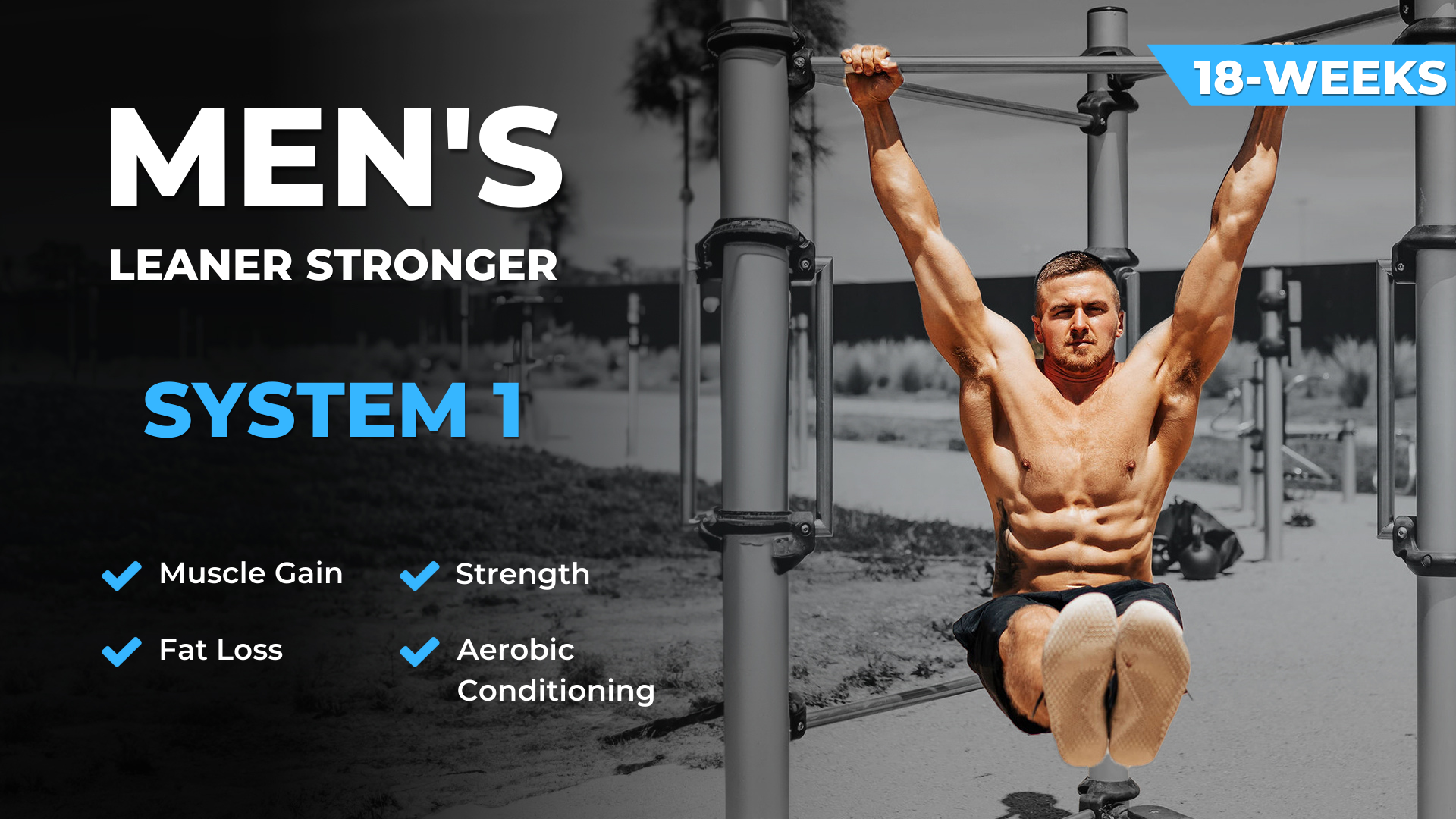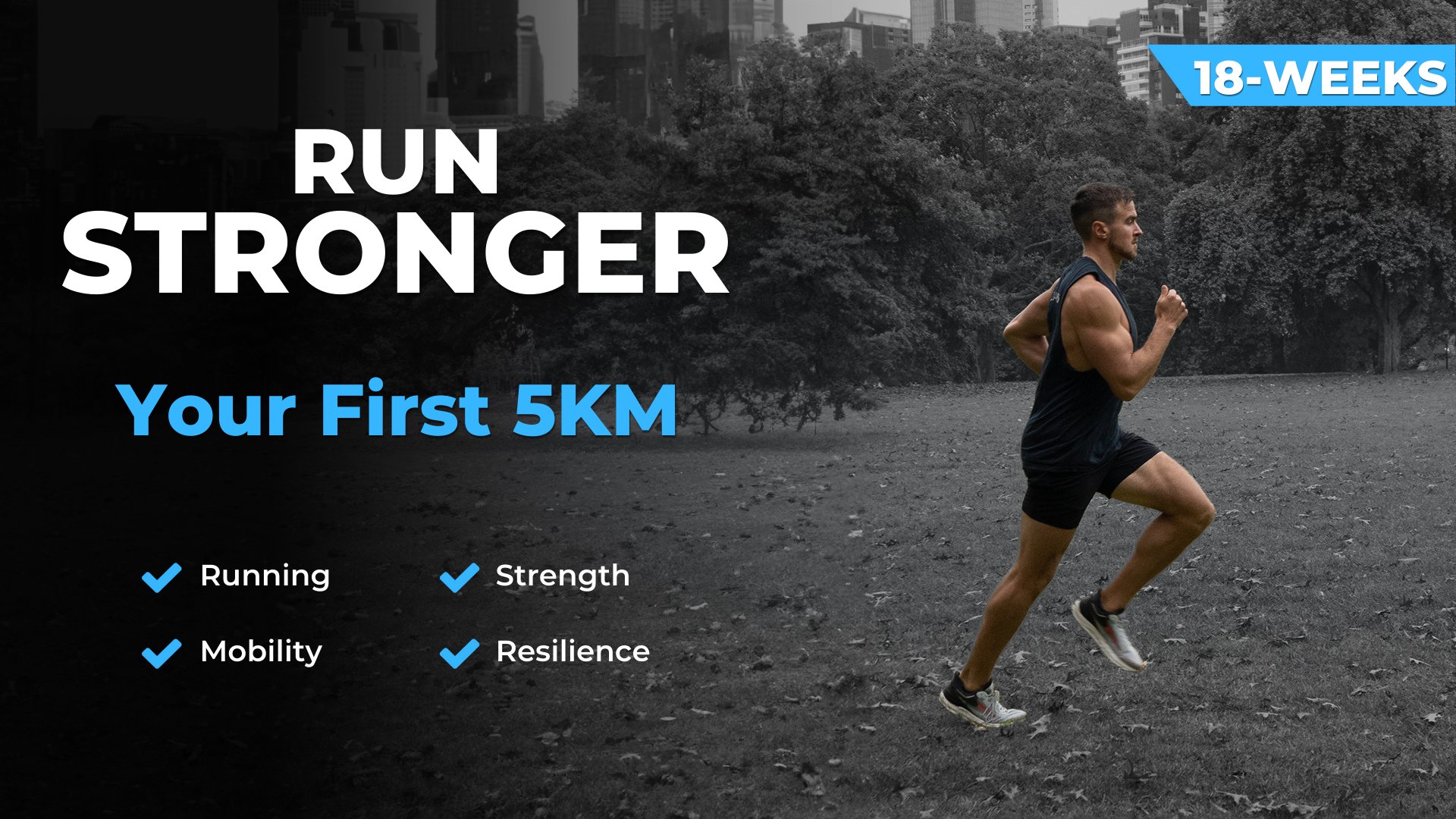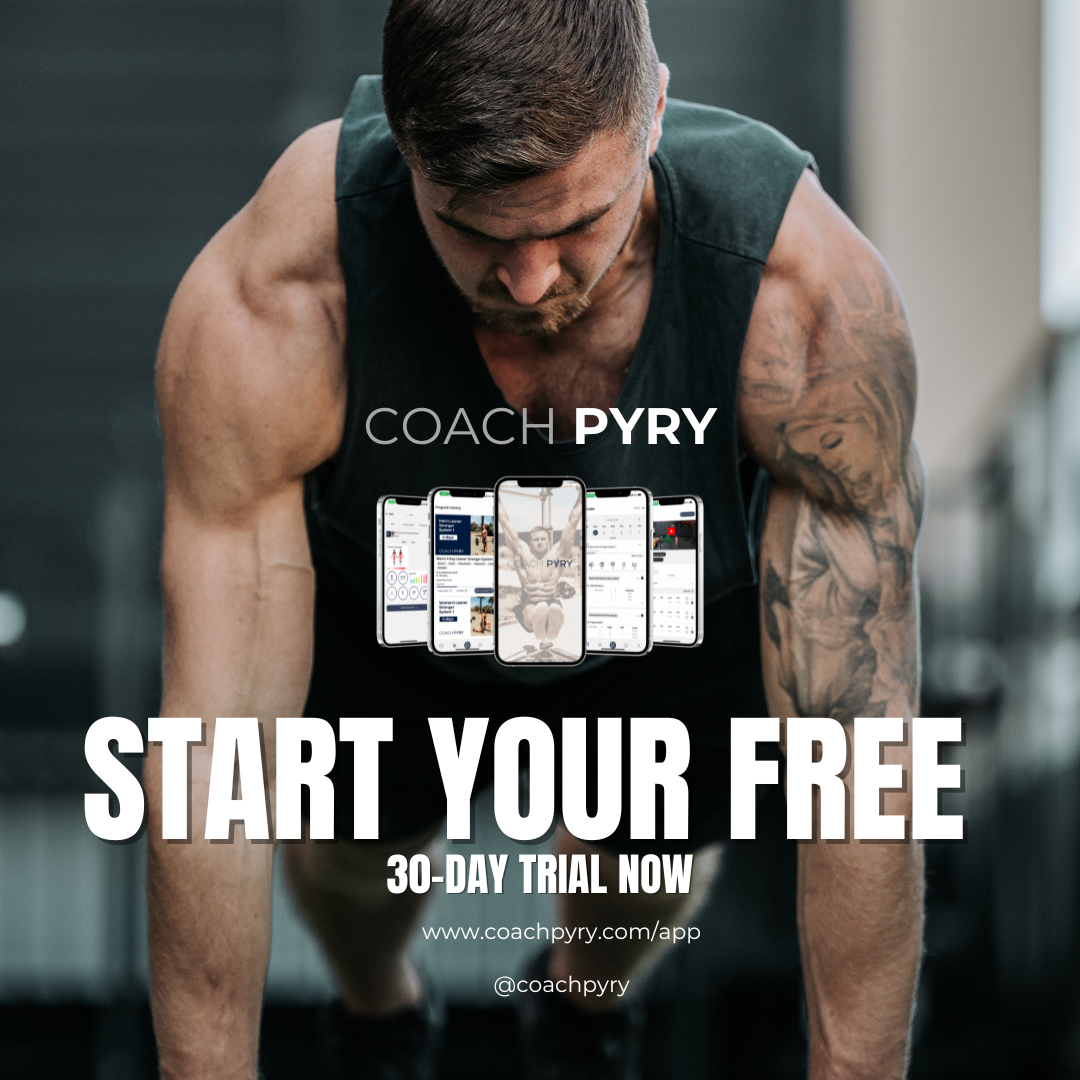Unlocking Muscle Growth: The Surprising Connection Between Cardio Fitness and Building More Muscle
Sep 21, 2023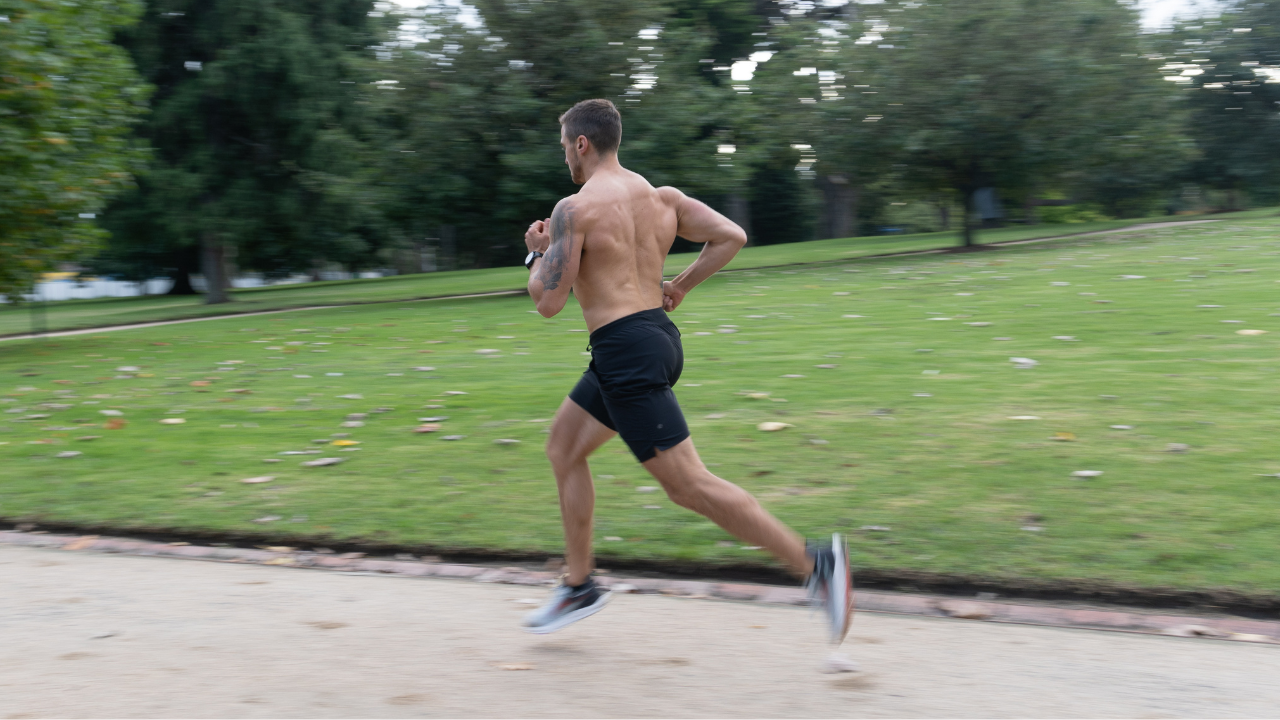
Contrary to popular belief, muscular people can run, and running can help you build more muscle.
Cardiovascular Fitness: The Secret to Amplifying Muscle Growth
In this article, you'll learn why you can't afford to skip cardiovascular training if you strive for an athletic, strong body that looks amazing and feels great.
The Cardiorespiratory System Is Your Engine
Your cardiorespiratory system includes your lungs, heart, capillaries, veins, arteries, blood and the mitochondria. The job of this system is to supply oxygenated blood to your brain, organs, muscles and every other cell in your body so that they can function optimally during exercise and rest.
Your cardiorespiratory system is responsible for producing energy when exercising, sleeping, brushing your teeth, driving your car, working, eating, playing, and everything in between.
The more efficient your cardiorespiratory system is, the more energy you have available in your proverbial energy tank. The more energy you have in your proverbial energy tank, the harder you can train and recover faster.
How Does Cardio Fitness Improve Muscle Gains?
A robust cardiovascular engine allows you to take your muscles to their limits. Most people don't stop their sets because their muscles are at their limits. Most people stop when they are feeling out of breath. Poor cardiovascular fitness is like driving with your handbrake on. Your performance will be severely limited, and if your performance is limited, then the amount of muscle-building stimulus you can give your body will be limited.
On the other hand, being fit enables you to keep cranking more reps until your muscles reach exhaustion. Getting within close proximity to muscular failure is very important for muscle growth.
When you are fit, your heart rate will slow down quicker after you stop lifting weights. You will recover faster and be ready for another challenging lifting set sooner. You can tolerate more sets per workout because you can recover faster between your sets.
You will recover faster between workouts, too, which is excellent because you won't feel as depleted from your training sessions, and you can hit the gym again with high intensity sooner.
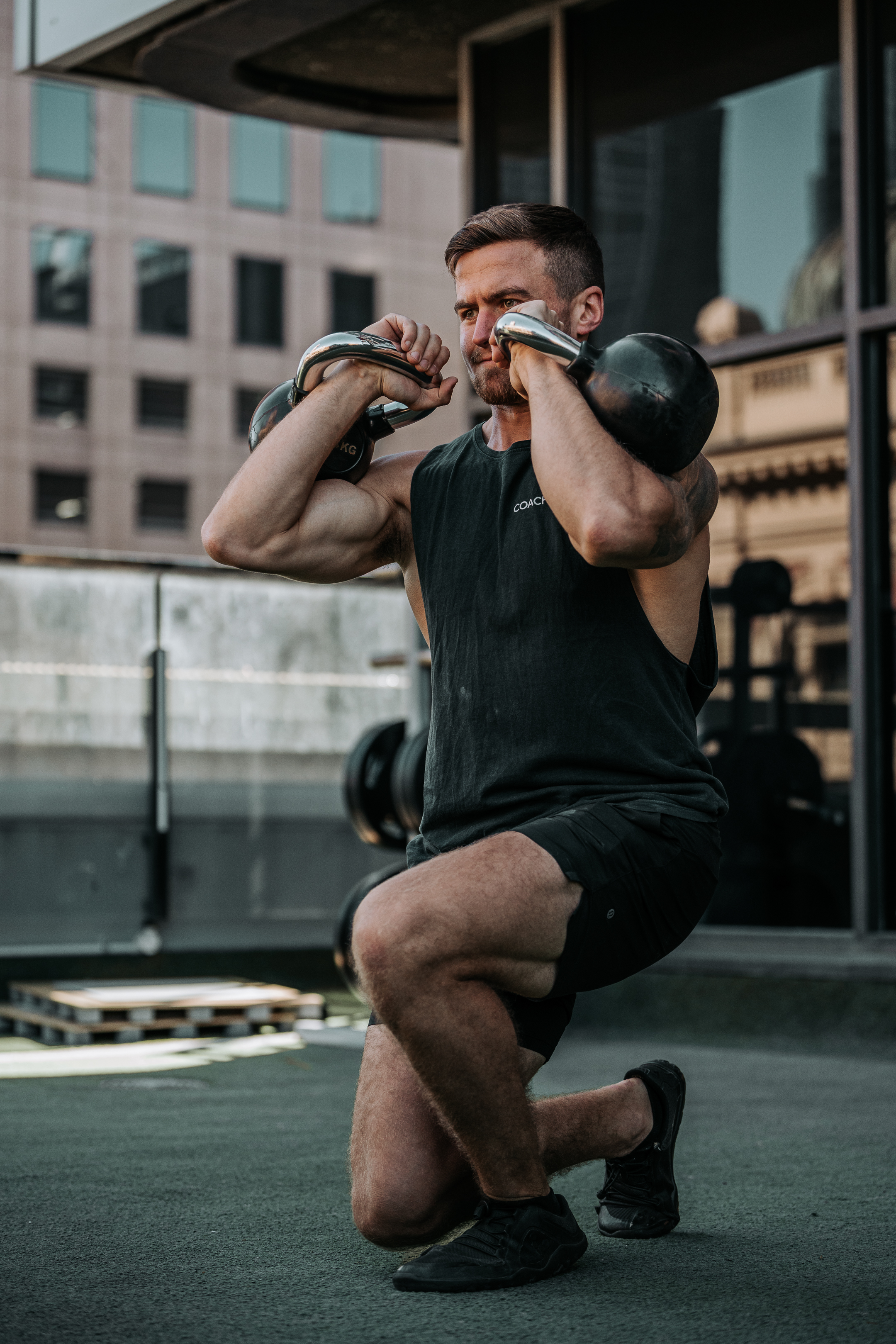
Do you stop your sets because your muscles are done or because you are out of breath?
To summarise, a well-tuned cardiorespiratory engine will enhance your ability to build more muscle because:
- You can do more reps each set at a given weight and take your muscles closer to their limits
- You will recover faster between your sets and tolerate more sets per workout
- Recover faster between your workouts and tolerate more workouts per week.
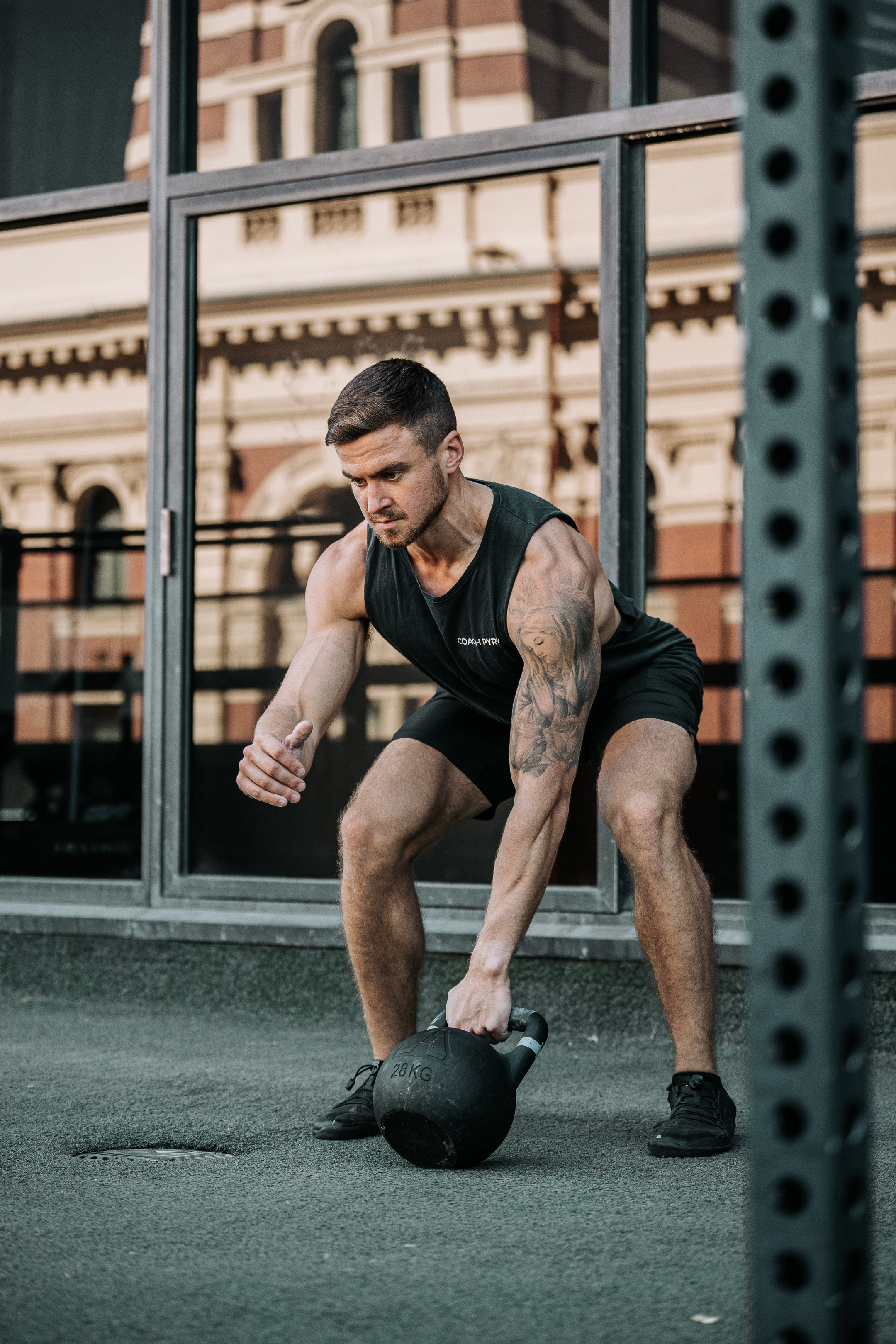
A well-tuned cardiorespiratory engine helps you recover faster between your sets, so you'll be ready for another challenging set sooner.
"Can't You Just Lift Weights To Develop Cardiovascular Fitness?"
People who avoid cardiovascular exercise are fond of pointing out that lifting weights also challenges your cardiorespiratory system to a very high degree.
Resistance training indeed challenges the cardiorespiratory system. However, the challenge that your heart, lungs, capillaries and mitochondria experience during prolonged cyclical activity such as running, cycling, swimming, or rowing is far different from the challenge you experience during resistance training. And since the challenge is different, the adaptations and benefits are different, too.
Resistance training leads to primarily anaerobic adaptations (without oxygen) and prolonged cyclical activity to aerobic adaptations (with oxygen). Both types of adaptations are essential for optimal athletic performance and health.
The cyclical prolonged activity, like running or cycling, for example, where you pump oxygen around the body for an extended amount of time, improves:
- The amount of oxygen your lungs can extract with each inhale
- The volume of blood your heart can handle with each heartbeat (stroke volume)
- The health of capillaries, arteries and veins
- The density, health and efficiency of mitochondria
The fitter your aerobic system is, the fewer times your heart has to beat each minute to get the job done (supply oxygenated blood to the rest of the body). In other words, your resting heart rate will be lower. This is why resting heart rate is an excellent measurement of aerobic fitness.

Do you know your resting heart rate? How does it compare to the average based on your gender and age?
The Best Way To Develop Aerobic Fitness
The best part about aerobic development is that there is no right or wrong way of doing it.
The principle is to keep your heart rate between 55%-85% of your estimated maximum heart rate for longer than 30 minutes once or twice a week.
Your maximum heart rate is calculated as follows:
Maximum heart rate = 220 - (your age).
For example, let's say you are 35 years old.
Maximum heart rate = 220 - 35 = 185 beats per minute.
55% of 185 = 101 beats per minute (lower end of aerobic training)
85% of 185 = 157 beats per minute (upper end of aerobic training)
An effective way to develop your aerobic system is to keep your heart rate between 101 bpm and 157 bpm for 30 minutes twice a week.
Remember that your body will adapt very soon to this amount of work, and you'll have to apply the principle of progressive overload in your training programming if you want to continue getting fitter.
Leaner Stronger System is one of the progressive hybrid training systems delivered via the Coach Pyry Training App.
Run Stronger - A progressive hybrid training system that'll make you a resilient and strong runner.
Short on time and can only get to the gym twice a week? The Full Body Two Days program will maximise every precious minute you have at the gym.
If you like running, run; if you enjoy cycling, cycle. Suppose you fancy rowing, row.
If you don't like any of these activities, you could do kettlebell ballistics like kettlebell swings, medicine ball throw circuits or strongman circuits. The best type of aerobic exercise for you is the one you enjoy doing so that you'll do it twice a week for 30+ minutes.
If you lift weights three days per week and don't want to add another cardio session, you could do 20 minutes of "cardio" after your lifting sessions.

An air bike gets the job done.
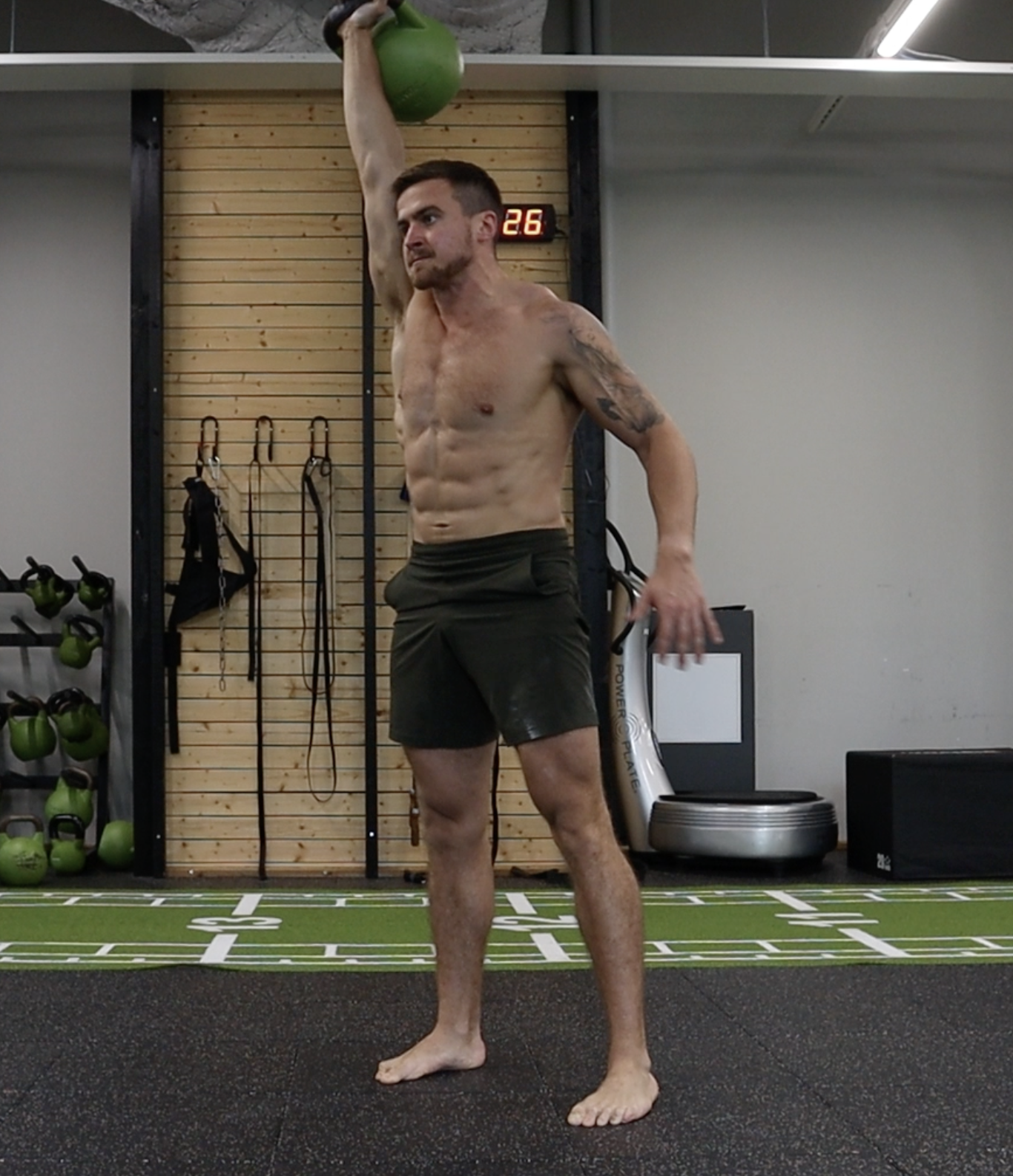
Kettlebell snatches. One of my personal favourites if running is out of the question.
It's easier to control your heart rate while pedalling on a stationary bike than during kettlebell swings or running, but try your best to keep the average heart rate within that range of 55%-85% of your maximum.
Remember that more intense is not necessarily better. Allowing your heart rate to elevate above 85% of your maximum will cause your body to shift to anaerobic energy production, and you'll miss out on the unique benefits of lower-intensity cardiovascular exercise.
If you want to experience the benefits of a fitter cardiovascular system but are unsure how to apply this to your training, start your 30-day free trial on the Coach Pyry Training App today.
Let's do this,
Coach Pyry
Ready to unleash your potential through muscle building, strength, health and sustainable fat loss?
Get in touch via the form below, and we'll book your discovery call to map out your personalised plan to your best shape ever.

